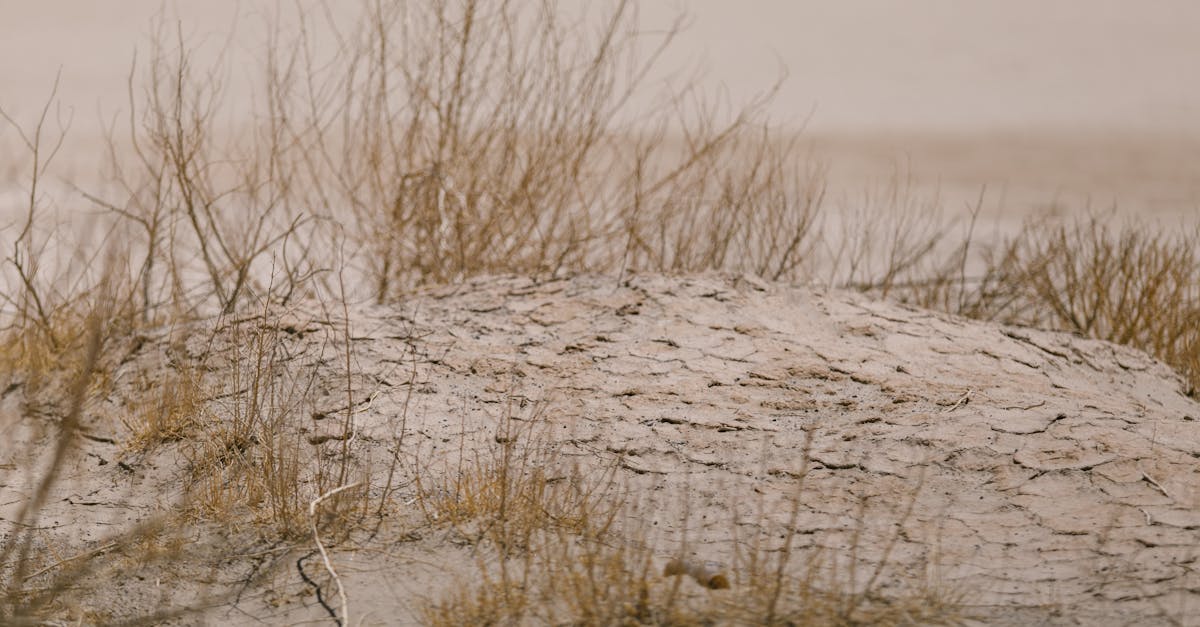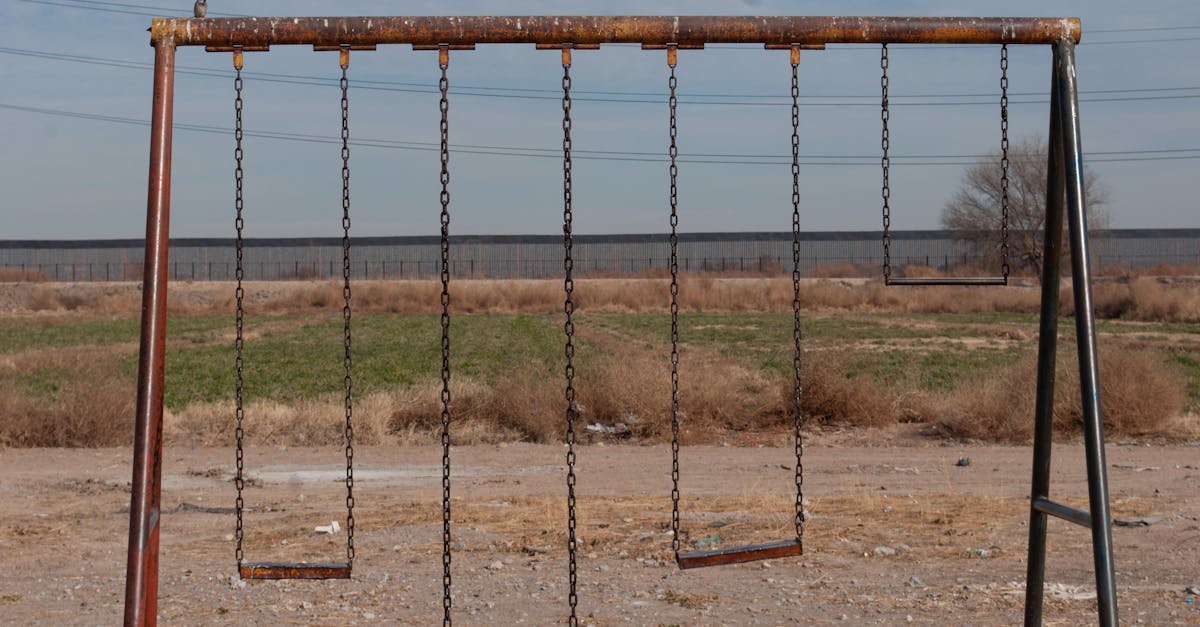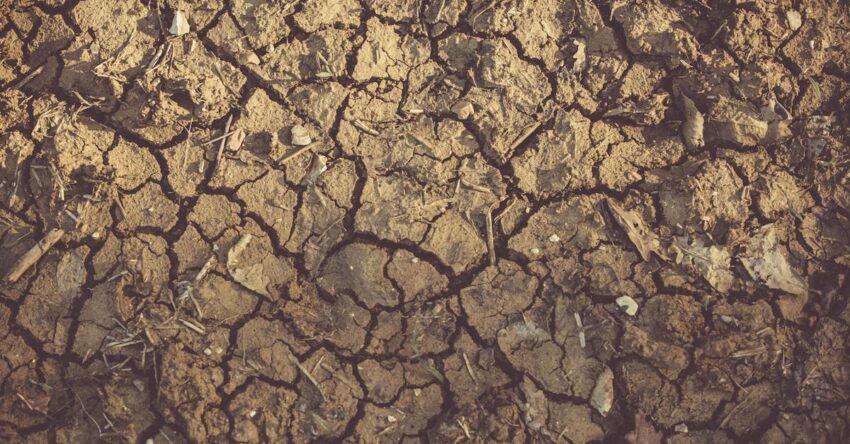Think your home’s foundation is solid and immune to dry spells? Think again. Drought impact on foundations can lead to surprising and costly damage if you’re not prepared. Dry conditions can sneak up on you, causing soil to shrink, crack, and wreak havoc on your house. Therefore, understanding how drought affects your home’s base is crucial. This knowledge helps prevent unexpected issues and keeps everything stable.
As a homeowner or real estate investor, you might overlook the role of soil moisture levels. However, these levels are your foundation’s best friend—or worst enemy. Seasonal changes affect soil, leading to potential damage from soil shrinkage and clay expansion. Your property, a valuable investment, deserves regular inspections to maintain its integrity. Addressing foundation stability before problems arise ensures your peace of mind and helps avoid massive repair bills.
Ready to uncover how to shield your home from drought-related risks? Dive in and learn practical steps to keep your foundation resilient and your property safe.

Photo provided by James Frid on Pexels
Within the post
drought impact on foundations
Understanding soil shrinkage and moisture levels
When drought hits, one of the first things you may notice is the change in soil moisture levels around your home. As the ground becomes drier, it contracts, causing drought foundation issues that can affect your house. This shrinkage can lead to cracks in the foundation or even foundation stability concerns. Keeping an eye on the soil’s moisture levels is crucial because this is where the trouble typically begins. Therefore, using moisture meters to monitor these levels regularly can help you identify potential issues before they become serious.
foundation repair during drought
If you face problems, addressing them quickly is important. During a drought, your foundation may need attention to prevent further damage. You might notice door frames sticking or cracks forming. These are signs that your home’s structure might need foundation repair during drought conditions. Repairing your foundation promptly can help mitigate these problems. You should consider consulting with a foundation expert who understands how drought effects can impact your home. They can provide guidance and solutions tailored to your specific needs.

Photo provided by RDNE Stock project on Pexels
Preventive maintenance strategies
Regular foundation inspection tips
Inspecting your foundation regularly is a proactive way to spot any signs of trouble early. Look for signs of drought effects like cracks or uneven surfaces. Regular inspections mean you can catch these problems before they worsen. Also, address any visible damage promptly to maintain foundation stability. You should plan to conduct a thorough inspection of your property at least twice a year. Consider taking photos to track changes over time. Keep in mind that even small changes can indicate bigger problems.
Dealing with seasonal changes
Seasonal changes can cause your foundation to settle unevenly. During dry periods, you might notice the ground pulling away from your home. However, with the right strategies, you can manage these shifts effectively. One method is to maintain consistent soil moisture around your house. You can water the soil when dry, but ensure not to overwater. This balance helps maintain moisture levels in droughts, reducing the risk of cracks. Additionally, consider using soaker hoses or a drip irrigation system to keep everything even.

Photo provided by David Peinado on Pexels
Enhancing resilience against drought
Boosting foundation stability effectively
To build a strong defense against drought, focus on boosting your foundation stability. Start by improving the soil conditions around your foundation. You can add organic material to the soil to help retain moisture. Moreover, using mulch around the perimeter of your home can help maintain a stable environment by reducing evaporation. This practice will not only support your foundation but also the landscaping around your house.
Protecting against future drought impact on foundations
Long-term solutions can guard your home against future droughts. You could install root barriers to prevent trees near your house from drawing too much moisture from the soil. Ensuring proper drainage around your home is also essential. This way, when it rains, excess water won’t erode the soil or damage your foundation. Finally, consider improving your landscape design by using drought-resistant plants, which require less water. By implementing these strategies, you can protect your home against drought conditions and enjoy peace of mind.
Strengthening Your Home’s Foundation
Making your foundation more resilient helps protect your home during dry times. It reduces potential damage and keeps your property safe. Plus, you enjoy peace of mind knowing your home can handle the challenges of changing weather conditions. Proactive care and maintenance now can save you from costly repairs later.
Start by scheduling an inspection to assess your foundation’s current condition. Target any visible cracks or signs of movement. Also, consider installing a moisture management system to regulate soil moisture around your foundation. This simple step ensures balanced soil conditions, supporting your foundation’s stability.
Now is the time to take action. Reach out to a trusted professional or local expert for guidance on boosting your foundation’s resilience. Your efforts today will provide lasting protection for your home. Strengthen your foundation, and secure your peace of mind.
